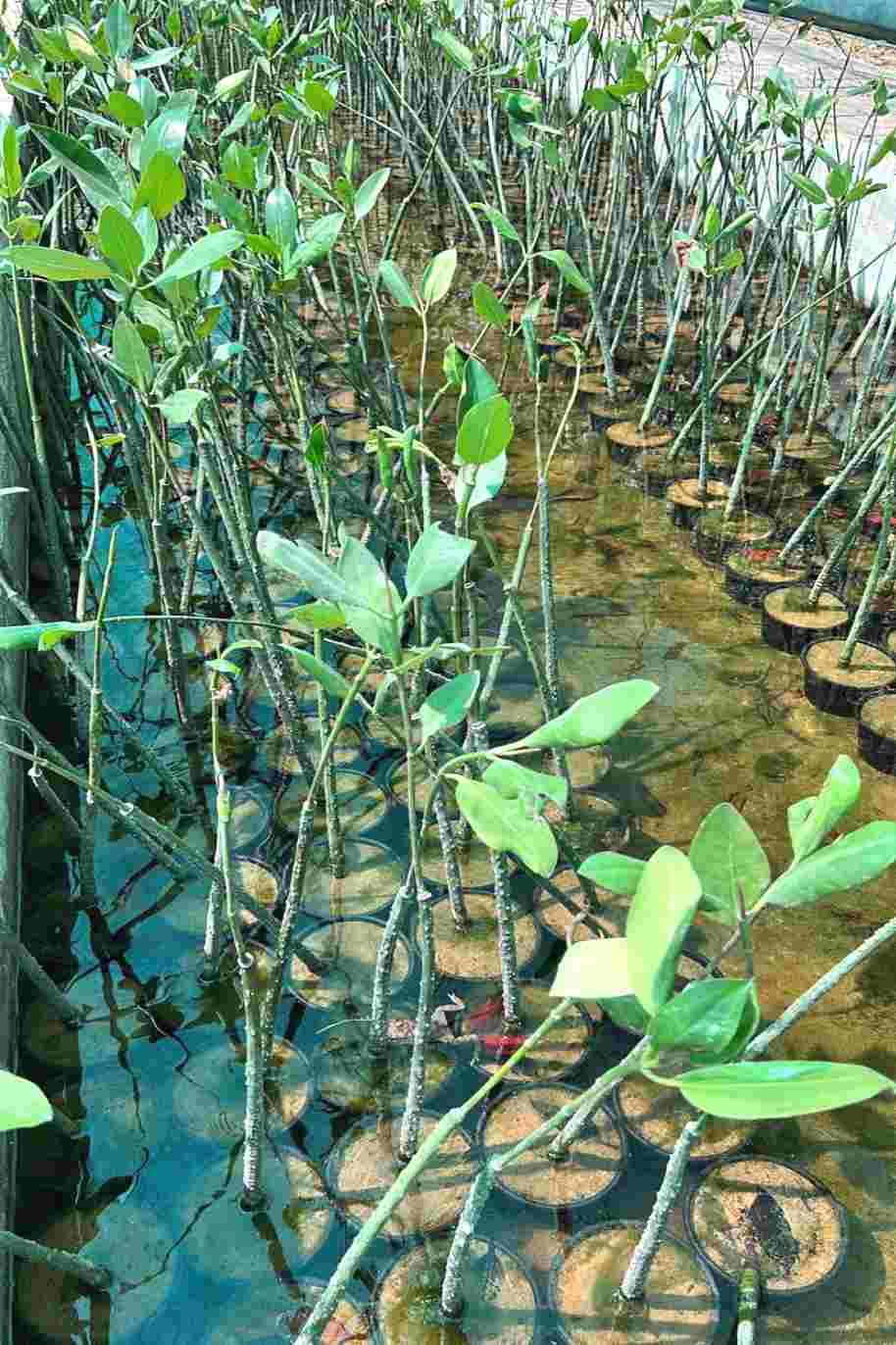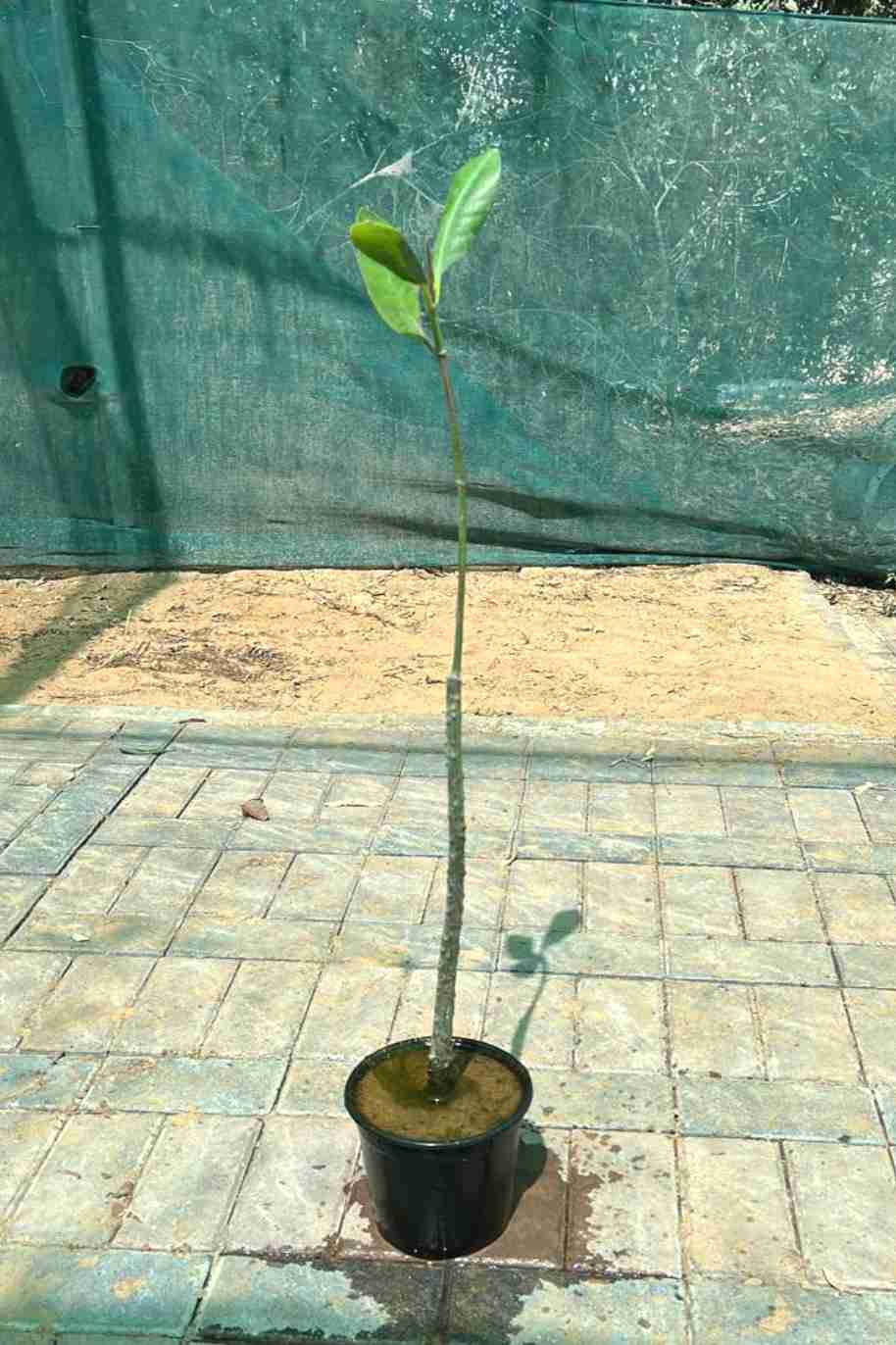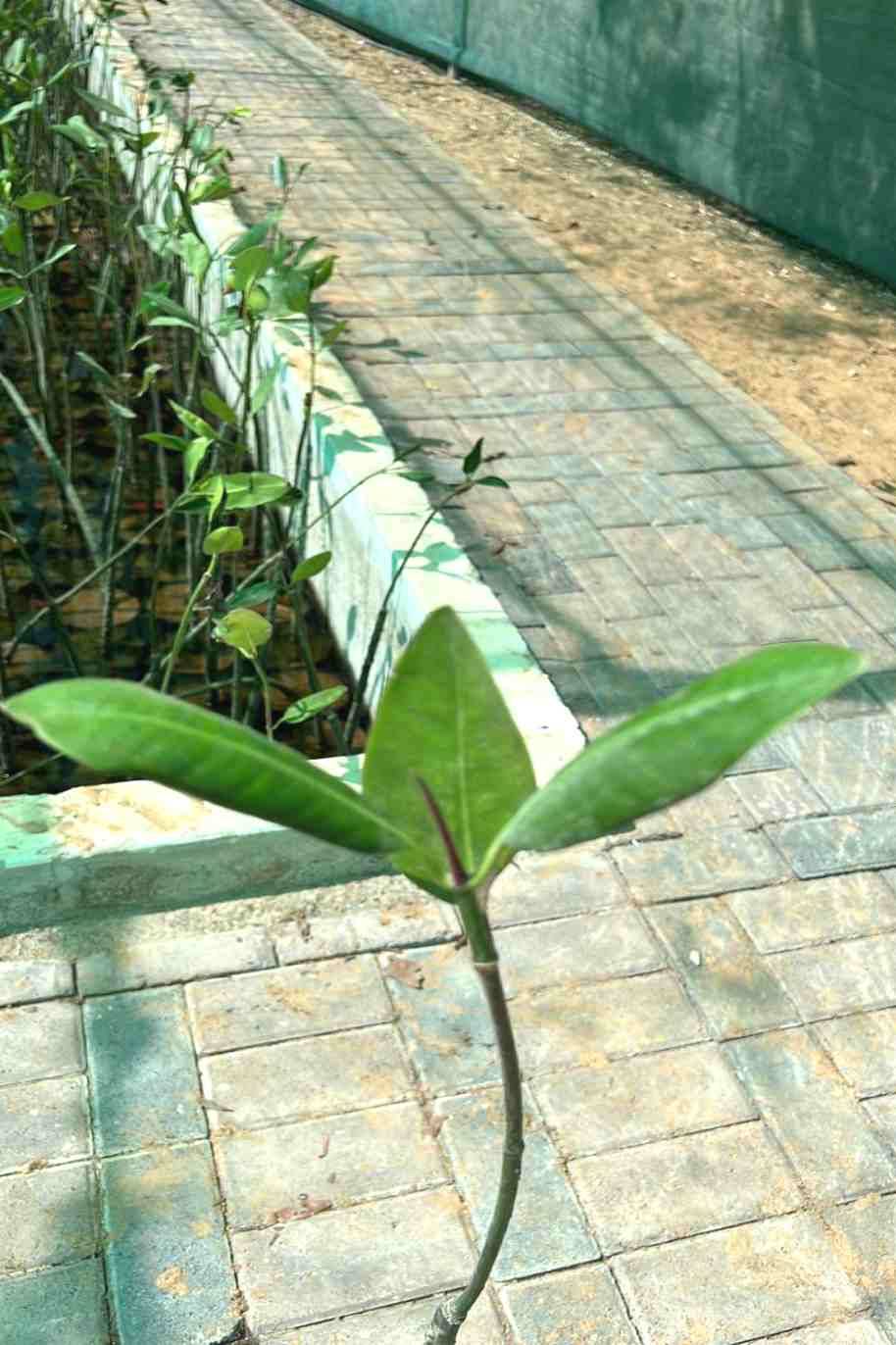Plant Bio
Gray mangrove (Avicennia marina) is an important salt-loving tree that is used extensively to prevent coastal erosion. It is also extremely important to the fishing industry, particularly in Australia, where it provides protected waters for the young of many commercial species. It is not only ecologically important but economically too -- the bark is used to make dark red and brown dyes, while the wood has many crafting uses. Take care, as the seeds of gray mangrove are toxic.
Mangroves are a group of trees and shrubs that are uniquely adapted to grow in saline coastal environments, such as estuaries and tidal flats. They play a vital role in coastal ecosystems by providing habitat, preventing erosion, and filtering pollutants. Here is a description and care guide for mangrove plants:
Description:
Mangrove Species: There are several species of mangroves, including the Red Mangrove (Rhizophora spp.), Black Mangrove (Avicennia spp.), and White Mangrove (Laguncularia racemosa), among others. Each species has its distinct characteristics, but they share some common traits.
Roots: Mangroves have unique root systems that help them thrive in their coastal habitat. They have prop roots that extend vertically from the trunk and arch downward into the water or sediment. These roots provide stability and allow the tree to take in oxygen.
Leaves: Mangrove leaves are usually thick, leathery, and waxy to minimize water loss. They often have adaptations such as salt-excreting glands or mechanisms to exclude salt from entering the plant tissues.
Reproduction: Mangroves reproduce through seeds that develop within specialized structures called propagules. These propagules are often buoyant and can float on water, allowing mangroves to disperse and establish new colonies.
Care:
Location: Mangroves are ideally suited for coastal areas where they can receive a mix of saltwater and freshwater. If you're considering growing mangroves in a controlled environment, you will need to replicate the conditions found in their natural habitats, including the presence of brackish or saltwater.
Water: Mangroves require a constant supply of water, preferably brackish or saltwater. They are adapted to tolerate varying levels of salinity, but their growth may be hindered if the water is too fresh or too saline. If you're growing mangroves indoors, you can use a mix of saltwater and freshwater to mimic their natural environment.
Light: Mangroves thrive in bright, indirect light. They require several hours of sunlight each day to promote healthy growth. If growing indoors, provide them with fluorescent or grow lights to ensure they receive adequate light.
Soil: Mangroves are adapted to grow in soft, muddy sediments or sandy soils found in coastal areas. For container-grown mangroves, use a well-draining potting mix that mimics the sandy or muddy soil found in their natural habitat. A mix of peat moss, sand, and perlite can be suitable.
Temperature: Mangroves prefer warm temperatures and are typically found in tropical and subtropical regions. They can be sensitive to frost and colder temperatures, so it's important to protect them from extreme cold or provide appropriate heating in colder climates.
Pruning: Mangroves generally require minimal pruning. Remove any dead or damaged branches as needed. However, it's important to be mindful of mangroves' protected status and local regulations before pruning or disturbing them in natural habitats.
Conservation: If you're considering planting mangroves in coastal areas, it's essential to understand and follow local conservation guidelines. Mangroves are ecologically important habitats, and their destruction or disturbance can have detrimental effects on coastal ecosystems.
Mangroves are fascinating plants that play a crucial role in coastal environments. If you're interested in growing mangroves, it's important to ensure you can provide the necessary conditions and comply with local regulations to support their conservation and protection.










